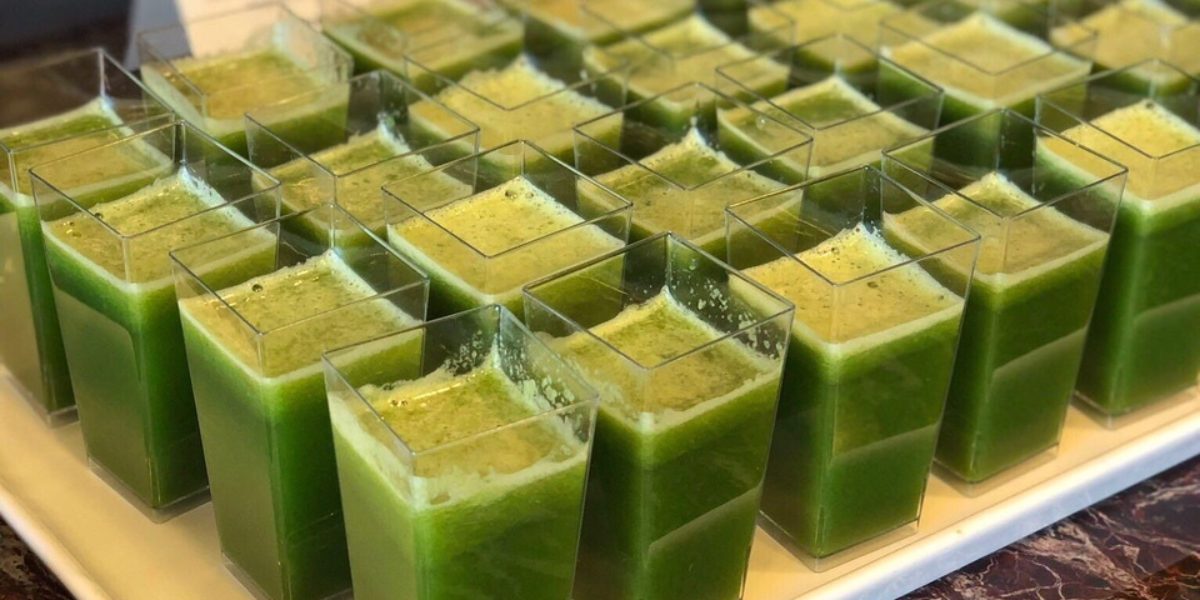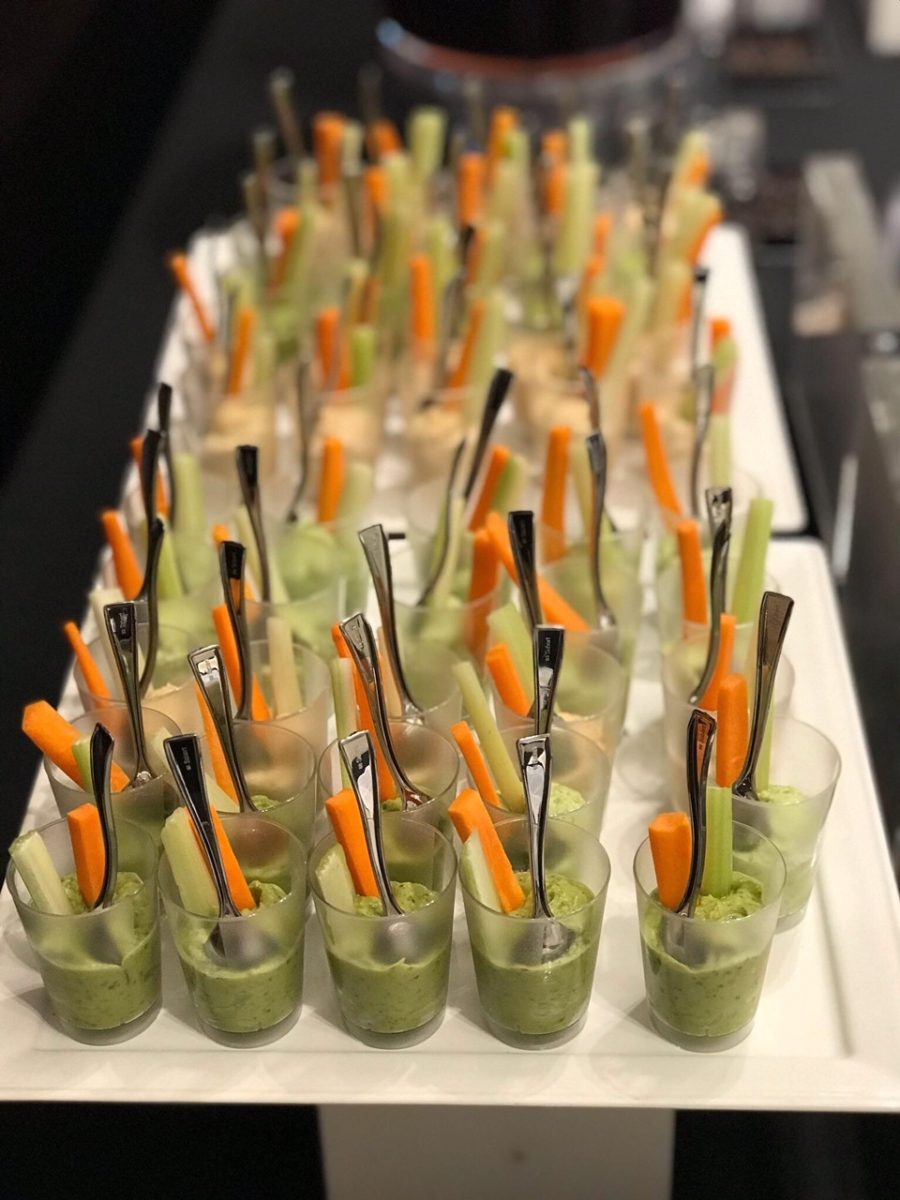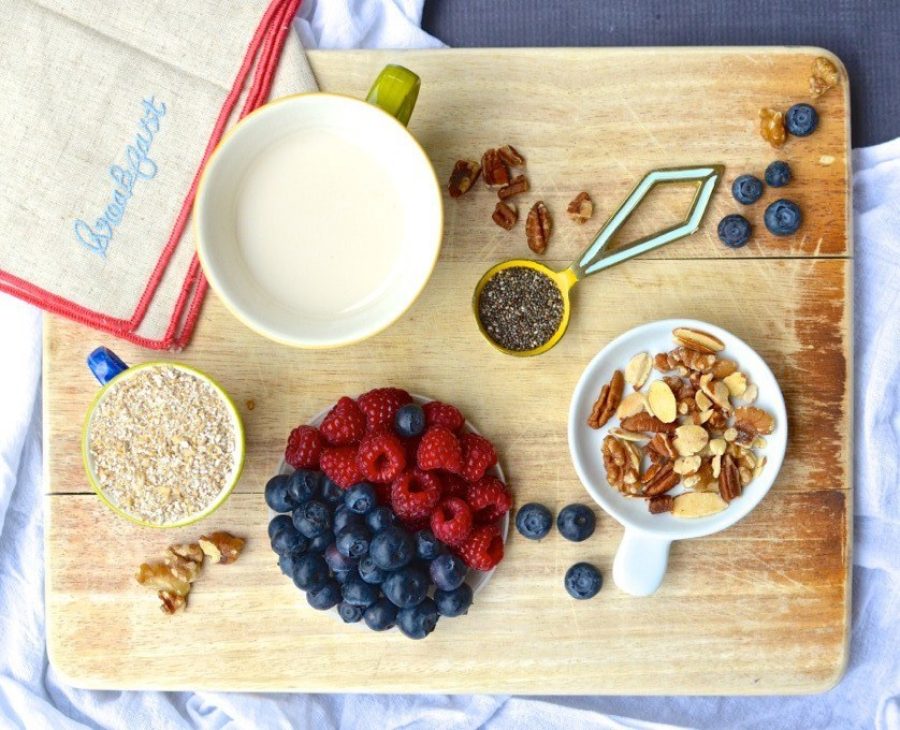
8 simple ways to curb your sugar cravings
By Ni’Kesia Pannell
A year-round resolution that many people make is to have healthier eating habits. Whether that means eating more fruits and veggies or cutting down on portions, changing your eating habits is a good start to having a healthier lifestyle. One of the first steps you can take to help is to cut down the amount of sugar you intake on a daily.
Though it wasn't easy at first, Paddy Spence, CEO of Zevia— a line of zero-calorie, naturally sweetened beverages — cut sugar out of his diet 18 years ago.
"My wife and I cut sugar out of our diets in an effort to improve the way we felt every day. Through that process, I realized that with all of the supposedly 'healthy' products I had incorporated into my routine - items like protein smoothies, energy bars, and juice-based spritzers - I had been consuming 250 grams per day of sugar, totaling approximately 1,000 calories per day."

And though you may not be consuming quite that much sugar, the average American takes in a whopping 152 pounds of refined sugar a year, according to the New Hampshire Department of Health and Human Services.
Though cutting sugar completely out of your diet may take a little time, here are eight ways that you can curb your cravings to set you off on the right track.
Start a sugar budget.
When you think of budgets, finances are the first things that probably come to mind. Spence told INSIDER though, that you can actually create a budget to watch your sugar intake.
"A sugar budget, much like a financial one, allows you to use numbers to track how much sugar you're actually consuming, and can help you limit the amount you eat," Spence said. "It would be almost impossible to have zero sugar in your diet, so we want to be realistic. I suggest keeping it to 50 grams a day. That counts for ALL sugars, too, not just added sugars. 50 grams comes to about 10% of your 2000 calorie-a-day diet (sugar has 4 calories per gram)."
Keep an eye on your cereal.
It's always been said that breakfast is the most important meal of the day and according to Spence, it's for more reasons than one.
"Most people these days know that colorful kids' cereals are going to have a sizeable serving of sugar," he said. "Other choices that may appear 'healthy,' however — like a granola-based cereal for instance — could also be packing major sugar content. Be diligent and don't be fooled!"
Try having some fresh fruit and always remember to check your labels.
Watch your condiments.
Do you think of sugar when you add ketchup to your hotdog? Or how about when you drench your fries in it? Spence told INSIDER that sugar is in some of the most unexpected products.
"Many condiments, ketchup included, contain 'hidden sugars.' That's why kids love ketchup so much," he said. "Barbeque sauce is also a major culprit. One of the sneakiest sources of 'hidden sugar,' however, is salad dressing. Always keep an eye on the sugar content of your salad dressing. You'll be glad you did."
Just because a product is marketed as being healthy, Paul Searles and Sean Kuechenmeister of NY Sports Science Lab told INSIDER that it may not always necessarily be true.
"Check the nutrition labels of the products you are consuming to see how much sugar is actually present in your products," they said. "Even some health products have high-levels of sugar. You might be better off eating a Snickers bar chemically speaking because there are more nutritional benefits and less sugar in it."
It may take a little extra time during your next trip to the store, but it will be worth it.
Get active after you eat.
It's very easy for you to want to get comfy on the couch or head straight to bed after dinner every night, but Spence said the best way to keep the late-night sugar cravings at bay is to actually get active.
"Choosing healthy meals is important, but what you do after dinner might impact blood sugar more significantly," said Spence. "A 15-minute post-dinner walk can help regulate blood sugar for up to three hours."
Try out a ketogenic diet.
Ketogenic diets have become quite popular as of late and according to Searles and Kuechenmeister, that's for a good reason.
"This diet is a low carb diet that lessens the amount of glucose and insulin your body is producing and doesn't use glucose as the main form of the energy for the body."
The diet isn't for everyone, but that doesn't mean it couldn't be for you.

Create a culture of wellness at work.
Since we spend most of our time at work, ensuring that your work environment reflects your health choices can be a lot of help.
"Switch out the office candy jar for fresh fruit and think about catering office celebrations differently," Nicole Feneli, director of wellness for FLIK Hospitality, told INSIDER. "Order 'build your own' salads instead of heavy sandwich platters or try frozen yogurt bars instead of cake. Start small until you create a culture of wellness in your office."
It might take some time before you adjust, but once you do, you might be able to have a good influence on others around you.
Start questioning your motives.
According to physician nutrition specialist Dr. Nancy Rahnama, anyone looking to curb their sugar cravings should start questioning exactly why sugar is on their mind.
"Ask yourself why you are craving the carbohydrates. Most often carb cravings are emotional or stress-related," she said. "You may want to ask yourself if you are craving carbs because of emotional reasons. If so, find something else to do — like go for a walk or talk to a friend."
+++
This article first appeared on May 3, 2018 on INSIDER.
+++
For additional information on the FLIK Blog, please reach us at flikblog@compass-usa.com.